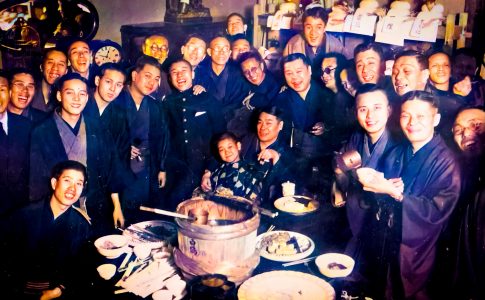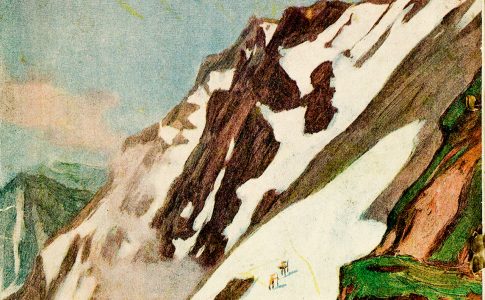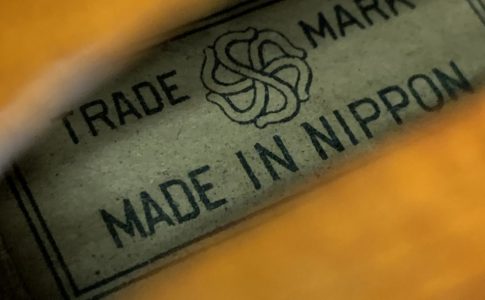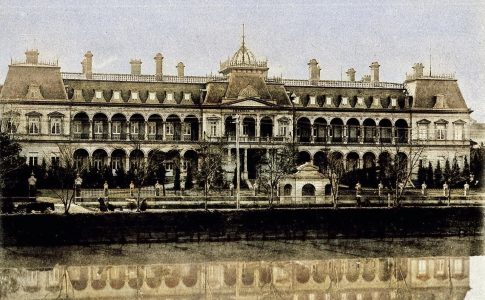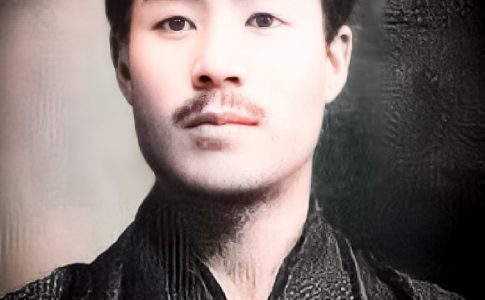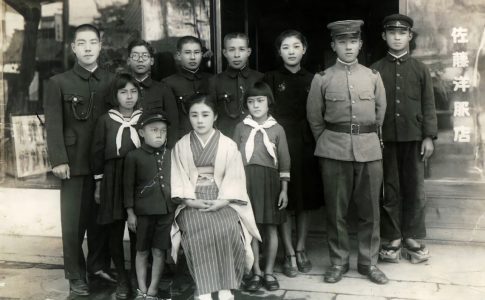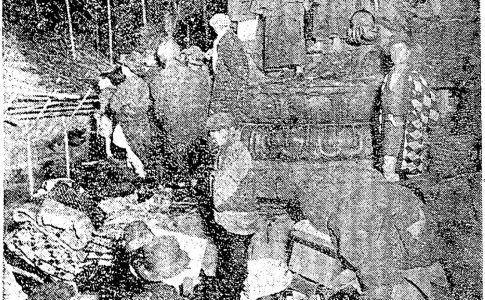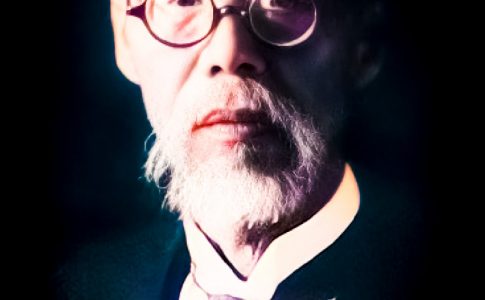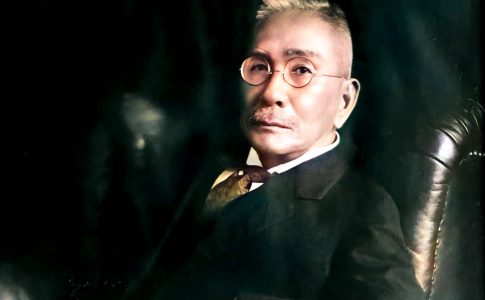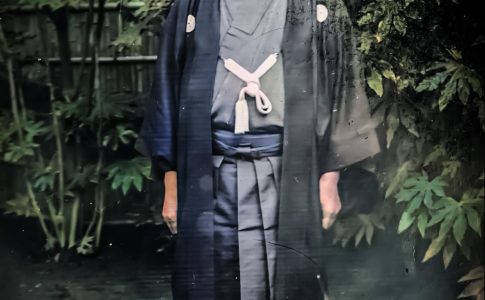Wednesday, March 30, 1921: Calling for better treatment of retail employees
On Wednesday, March 30, 1921, an editorial calling for better treatment of retail employees appeared in the Tokyo Nichinichi Shimbun. While the labor movement was gaining momentum in the Taisho era and the treatment of factory workers was improving, the retail industry was still treated poorly as an extension of the old ways of apprenticeship. Many stores did not even have regulations on closing hours and days off, and long working hours were common. The above is an article from the Tokyo Nichinichi Shimbun, and it shows that even in the Taisho era, when the labor movement was in full swing, the retail industry was still largely the same as...

